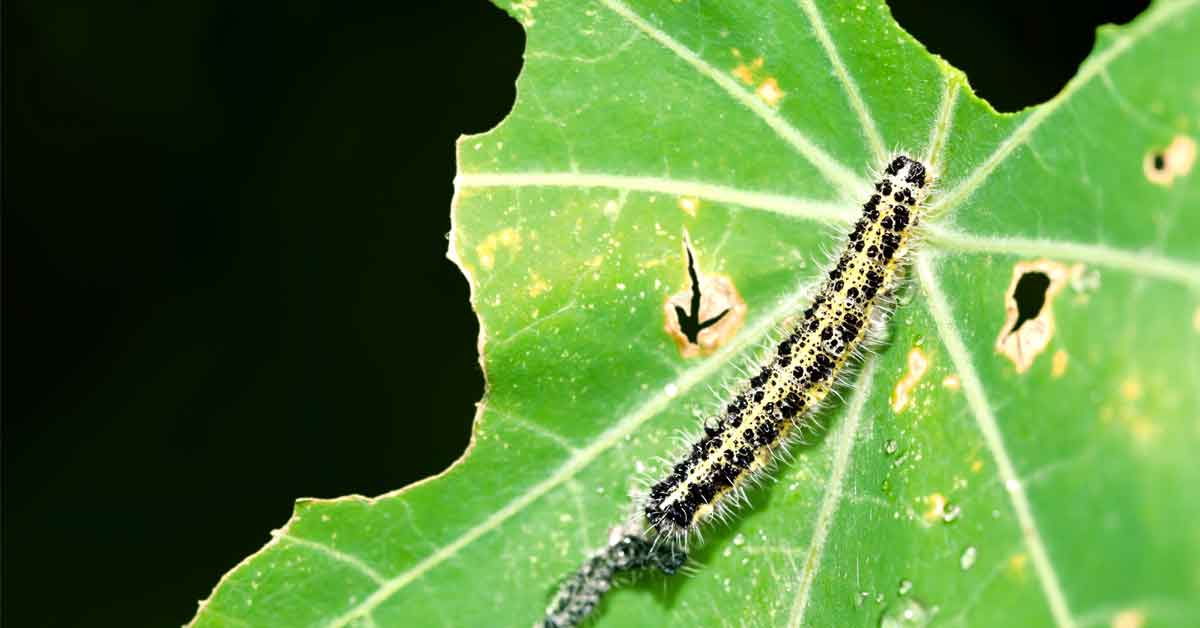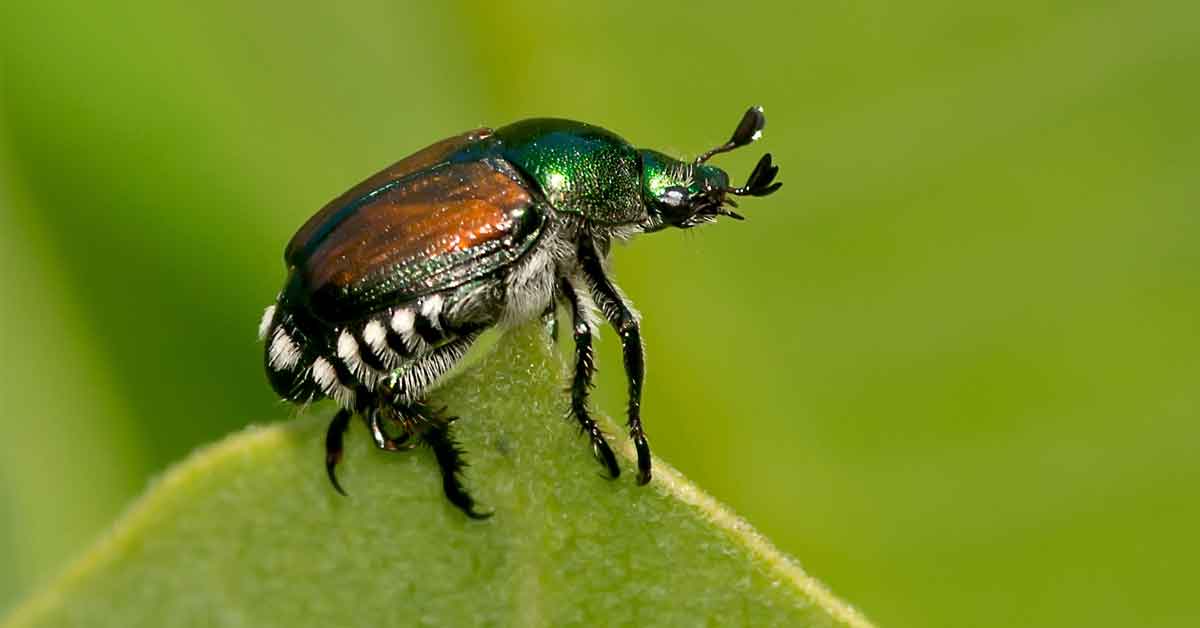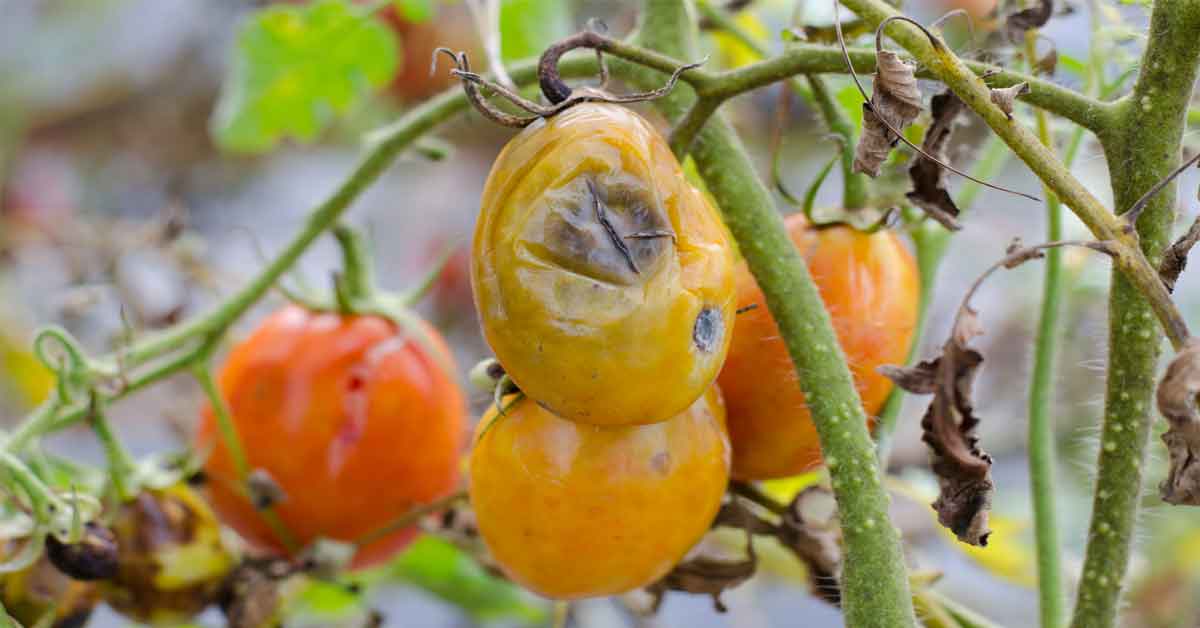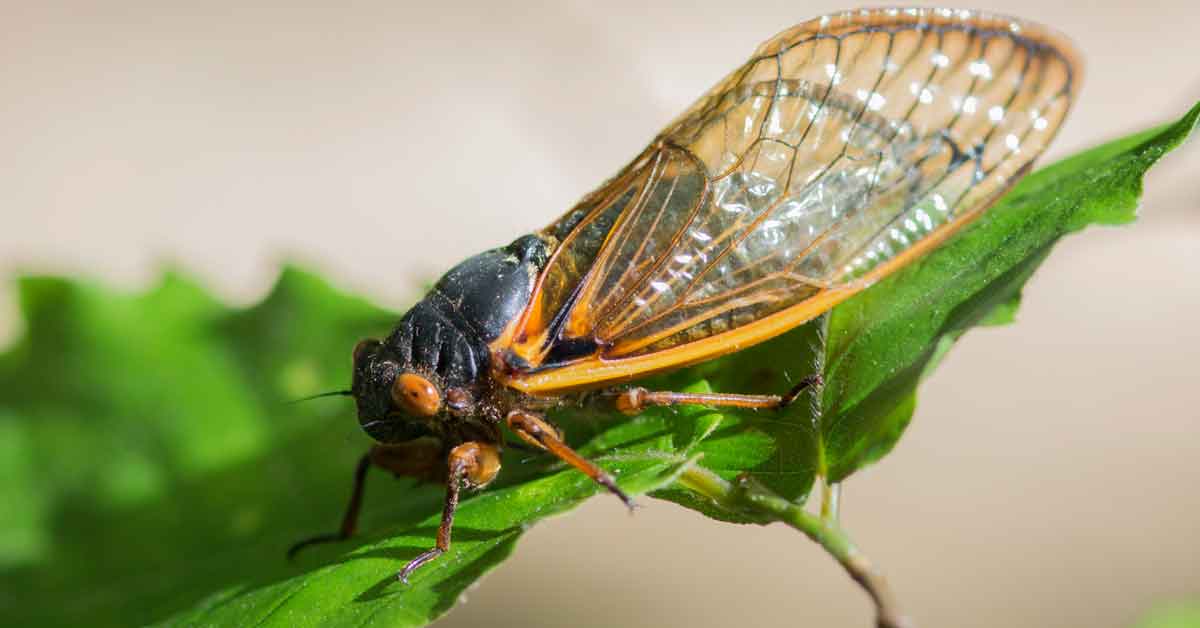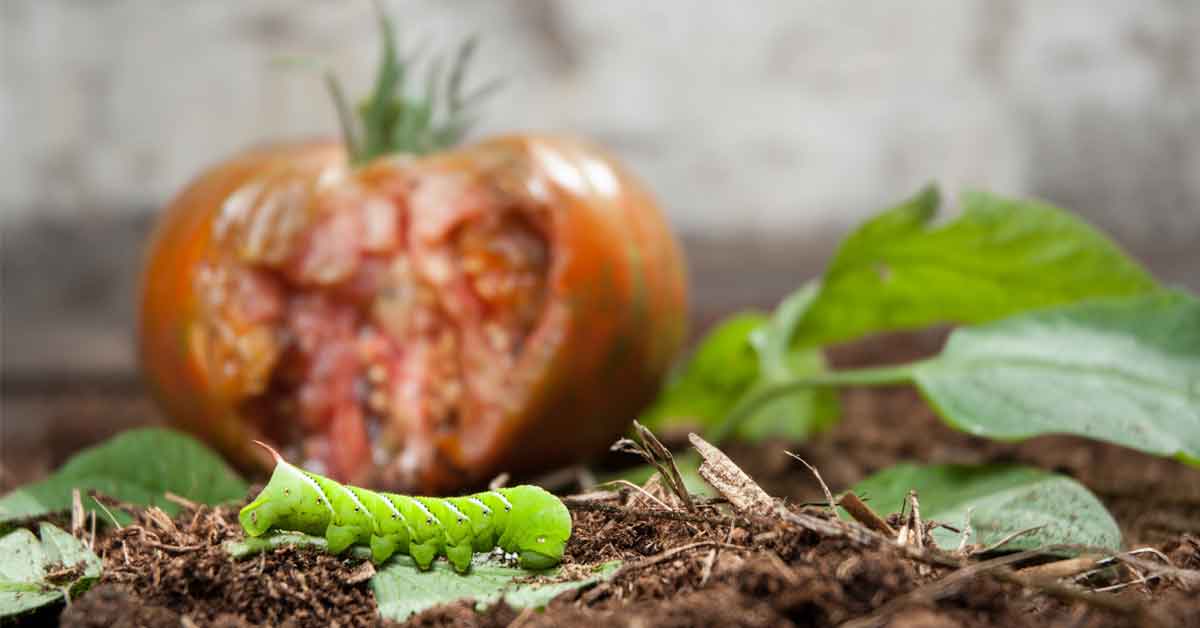How to Control and Prevent Cabbage Worms in Your Garden
As they flit and flutter around the garden, butterflies are a delight to watch. However, some of these beauties can lead to quite a bit of damage to your garden. One innocent-looking offender is the cabbage white butterfly, also known as the imported cabbageworm butterfly. By staying on guard for this garden pest and its destructive larvae, you can stop the damage and protect your crops.
- Identifying Cabbage White Butterflies
- Preventing Imported Cabbageworms
- Controlling Imported Cabbageworms
Identifying Cabbage White Butterflies
When it's time for the female cabbage white butterfly to lay her eggs, she seeks out plants known as "crucifers." These are Brassica family vegetables such as cabbage, mustard, broccoli and kale. Then she deposits her eggs on the undersides of leaves, where wormlike larvae hatch two to three weeks later.1 While the adult butterfly feeds on nectar from flowers, its newly hatched larvae seek other food. Known as imported cabbageworms or simply cabbageworms, these pests feed on cruciferous plants, chewing holes in leaves, boring into cabbages and ruining entire heads.
Cabbage white butterflies are native to Europe and Asia, but they are extremely common throughout the United States.2 Easily identified by their white color, male cabbage whites have one round black spot on their wings, while females have two black spots. Cabbage white butterflies and cabbageworms are present in gardens from early spring to late fall.1 Several generations occur each season and numbers build toward season's end, so gardeners must stay on guard the entire growing season to prevent cabbageworm damage to crops.
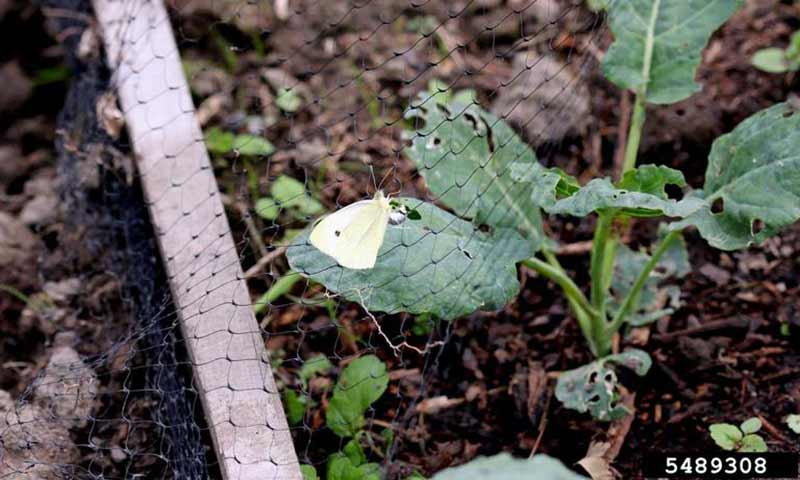
Preventing Imported Cabbageworms
The key to avoiding cabbageworm damage is to prevent the butterflies from laying eggs on plants. Once laid, the small eggs are easily overlooked. You may not know your garden has cabbageworms until you see them or their damage on your crops. While preventing damage is ideal, there is still hope for a harvest if you stop further damage promptly.
The simplest way to prevent egg-laying on your plants is to create a barrier around cruciferous vegetable plants as soon as you plant them. A tunnel-like row of simple hoops covered with protective fabric does the trick.3 Install hoops made from PVC piping, metal or bamboo, making sure the hoops are high enough so plants won't touch them when fully grown. Seed packets or plant tags list each plant's mature height. Secure hoop ends by pushing them deep in the ground.
After planting seeds or transplanting young plants, cover the hoops with fabric, allowing at least 6 inches of fabric to sit on the ground on all sides. Commercial row-cover fabrics are popular options for protecting crops, but basic tulle is more economical and readily available from local fabric stores. Place rocks, poles, bricks or other heavy objects on top of the excess fabric to keep it in place. Row covers designed in this way make it impossible for the cabbage white butterfly to access your plants and lay her eggs.
Controlling Imported Cabbageworms
Once spring arrives, watch for the white butterfly in your garden. If you decided to delay row covers, installing them later on is still helpful. However, once sighted, it is possible the butterfly has already laid eggs. Check diligently for signs of cabbageworms or their damage. Inspect the undersides of all leaves before covering crops, and remove the cover occasionally to look for eggs or cabbageworm damage.
If you discover crop damage, take action immediately to kill cabbageworms. Choose the pesticide product type that works best for you. Liquid Sevin Insect Killer Ready To Use2 kills cabbageworms and more than 700 listed insect pests on contact; just shake the container, adjust your nozzle and you're ready to go.
If you prefer dust, a thin, uniform layer of Sevin Insect Killer Dust Ready To Use starts killing cabbageworms immediately upon contact.
For larger garden areas, Sevin Insect Killer Concentrate and Sevin Insect Killer Ready To Spray liquids kill cabbageworms and more than 500 other insect pests by contact, and keeps working to protect your crops for up to three months.+
While it may seem logical to try and eliminate the cabbageworm in its butterfly form, focusing your efforts on the destructive larvae helps keep your garden welcoming for beneficial butterflies, bees and birds.
Take action early to protect your crop against egg-laying and damage from hatched cabbageworms. With the help of GardenTech and Sevin garden insecticides, you can enjoy a healthy cabbage crop and the homespun treats that come with it.
+Except fire ants, fleas, ticks and mosquitoes
Always read product labels thoroughly and follow instructions, including guidelines for listed plants and pests, application frequency and pre-harvest intervals (PHI) for edible crops.
Sevin is a registered trademark of Tessenderlo Kerley, Inc.
GardenTech is a registered trademark of Gulfstream Home and Garden.
Sources:
1. C. Klass, "Imported Cabbageworm," Cornell University, 2012
2. R. K. Walton, "Cabbage White," Mass Audubon.
3. R. Bessin and T. Coolong, "Row Covers for Insect Management," University of Kentucky Entomology, February 2010.
Photo Credit: 5489308, Whitney Cranshaw, Colorado State University, Bugwood.org
Get Monthly Gardening Advice!

